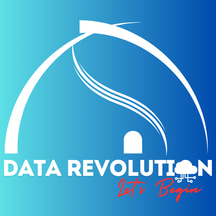Oracle Core HR
The core HR helps to manage the organization’s work structure, such as locations, organizations, jobs, positions, grades, etc. Core HR is providing a framework to store and maintain employee data and work-related information. This is the backbone of other EBS modules such as finance, sales, purchasing, etc.
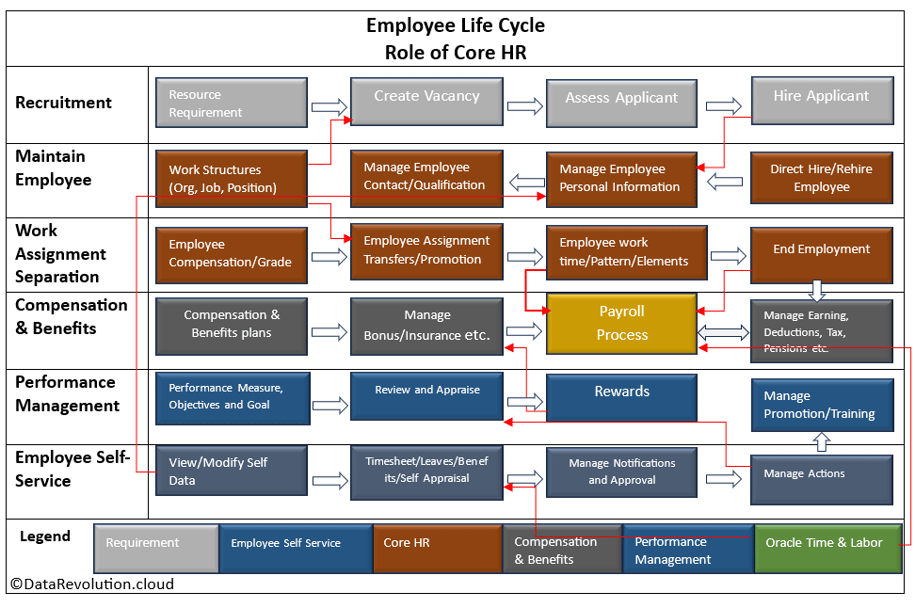

An Overview
Oracle HRMS is major components of Oracle E-Business Suite application that included various HRMS modules as below,
Oracle Human Resources (Core HR)
Oracle Payroll
Oracle Self-Service Human Resources (SSHR)
Oracle Performance Management
Oracle iRecruitment
Oracle Time & Labor (OTL)
Oracle Learning Management
Oracle Advanced Benefits (OAB)
Full and Shared Core HR
Oracle Core HR has two versions as per usage: Full and Shared HR.
If HR is used as a foundation for other modules such as Financials, it just needs to be implemented for shared HR, but if it needs to use complete HR functionalities that are available with Oracle HR, it needs to implement full HR and accordingly get a license.
HR Model
There are four main pillars in Oracle HR Employment Model.
Work Structures
It is representing the structure of the organization or enterprise that include job, positions, internal departments etc and provide framework for work assignments.
People
It holds information about employees that worked in an organization including their contacts, standard information such as addresses, nationality, interview records, qualifications, and absence information.
Compensations and Benefits
it holds information about employee salary and benefits.
Assignment
it holds information about an employee work related detail such as the organization for which they work, their role, grade, location etc.
Basic Components of Work structure
Organization Structure
An organization represents the structure of an enterprise. Multiple org classifications available, such as Business groups, HR Organization, Operating Unit, Inventory org, are available in Oracle Core HR R12. This can also be used to store standard information as per classification, like enterprise tax detail, Key Flexfields details, standard working day information, Parent Organization etc.
Business Group is the top-level organization structure of an enterprise.
Multiple business groups can be defined depending on enterprise structure, generally if companies exist in multiple countries. Oracle R12 supports multi-org functionalities.
We can store standard information of business groups such as.
Organization Types
– Business group
– External
– ….
Organisation Classifications
– HR Organization
– Business Group
– Legal Entity
– Payee Organization
– Operating Unit
– Inventory Organization
– …
Location
Locations are shared across Business Groups in HRMS and with two other Oracle applications: Inventory and Purchasing.
It can be Global and Local.
Job
Oracle HRMS uses jobs to represent the duties or role that people perform in an organization. It is also used as a classification of same type of role.
For Example,
Manager
Developer
Accountant
A. Job Group
• Define with Business Group and Job Key Flex fields
B. Job Description
• Define Job description with require details
Position
Positions represent a specific instance of a job. It defines the hierarchical structure and reporting relationships within a company. Positions help in organizing employees, managing approvals, and defining security access in the system.
For Example,
– Senior Consultant
– IT Project manager
– HR Manager
Key Points
– Date Tracked
– Position Type
– Status
– Valid Grades
– Headcount
– Position Hierarchy
– You cannot change the organization or job once you have saved the definition in position.
Position Hierarchy
Positions in Oracle HRMS are linked through Position Hierarchies, which define reporting relationships between positions. Used in approvals, such as purchase requisitions, performance appraisals, and expense claims. Helps in defining workflow rules (AME) in Oracle Applications.
Types of Position Hierarchies
Oracle HRMS R12 supports two types of position hierarchies:
1. Primary (Standard) Position Hierarchy
– Used for approval workflows (e.g., Purchase Requisition, Expense Reports).
– Only one primary hierarchy can exist.
– Helps in routing approvals through AME (Approval Management Engine).
2. Secondary Position Hierarchy
– Used for security or reporting purposes.
– Can have multiple secondary hierarchies.
Example,
Director
– Department Head
– Practice Manager
– Line Manager
– Employee
Grade
Grades helps organization’s structure to define compensation, and streamline HR processes of their workforce. There is multiple grade models are available that ensures fair pay practices, career growth, and payroll efficiency.
• Grade Model
– Range based Model
– Step based Model
Grade/Step Progression (GSP)
Employees progress through predefined steps within a grade (e.g., Step 1, Step 2, Step 3).
– Point based Model
Assigns points to different aspects of a job to determine compensation.
Grades can be assigned at different levels:
Job Level – A grade is linked to a job title.
Position Level – A grade is assigned to a specific position within the company.
Employee Level – Employees are assigned grades individually.
HR Key Flex fields
It is data fields that are configured to extend the applications to store values. Key flexfields is used to store multi -segment values, each segment represents meaningful data and generates unique value.
These key flex fields are mandatory for Core HR and Payroll and need to be defined before setting up a business group. Only define one structure per Business Group for each of these flexfields for Job, Position, Grade, People group and Cost allocation.
Core HR
• Job Key Flexfield
• Position Key Flexfield
• Grade Key Flexfield
• Personal Analysis Flexfield
• CAGR Flexfield
• Competence Flexfield
• Soft Coded KeyFlexfield
Payroll
• People Group Key Flexfield
• Cost Allocation Key Flexfield
• Bank Details KeyFlexField
Data Security
• Standard Security
– In the Standard HRMS Security model, when a business group is created a View All security profile is created.
– Ensure that the Enable Security Groups profile option is set to No at site and application level.
– Define Local security profile for business group.
– Define responsibility
– Set up HR: Security profile for responsibility
• Security Group
– When security groups are enabled, a new security group gets created for each business group, and the association of a security group to a security profile is determined by the business group.
– Ensure that the “Enable Security Groups” profile option is set to Yes at application level “Human Resources”.
Warning: Once enable the security group, it cannot revert to Standard.
– Run the Enable Multiple Security Group Process
– Define security profile for business group.
– Define responsibility
– Associate a security profile with a user, responsibility and business group using the Assign Security Profile window.
– Run the Security List Maintenance Process
Note: For Security Groups Enabled security do not set up or amend the “HR: Security Profile” profile option or the “HR: Business Group” profile option using the System Profile Values window.
Security Profile
The security profile determines which applicant, employee, contingent worker and other person type records are available to holders of the responsibility the profile is linked to. It is used to control access to organizations and employees based on security rules defined in profile. It is mainly used to restrict HR data access for view, modify.
There are two types of Security profile,
• Global Security Profile – Grant access to all business groups
Navigation -> HRMS Manager ->Security -> Global Security
• Security Profile -Grant access to specific business group.
Navigation -> HRMS Manager ->Security -> Security
Information Types
• Special Information Type (SIT)
Store special information about employee, that store data in Personal Analysis Key flex fields (KFF)
This needs to configure.
Ex: Medical history
Enable SIT
Super HRMS Manager > Other Definitions > Special Information Types
Select the require responsibility
• Extra Information Type (EIT)
Store extra information about employee that store data in Extra Person Information Descriptive flexfields (DFF).
Navigate to Application Developer > Flexfield > Descriptive > Segments
Search DFF that needs to configure, for example, Extra Person Information
Ex: Passport details
Run Register Extra Information Types (EITs) Program to resgister EIT.
Date Tracked Transactions
It is a mechanism to store data based on dates in order to support the storage of historical data, along with the current ones. This functionality is used to tracking changes to employee data over time.
There are two types of date track mode,
When any data tracked record is update or delete, system will be prompt with a number of choices below,
• Update Mode
Update
· Correction
· UPDATE_CHANGE_INSERT (Insert)
· UPDATE_OVERRIDE (Replace)
• Delete Mode
· DELETE (End Date)
· ZAP (Purge)
· FUTURE CHANGE (All)
· DELETE NEXT CHANGE (Next Change)
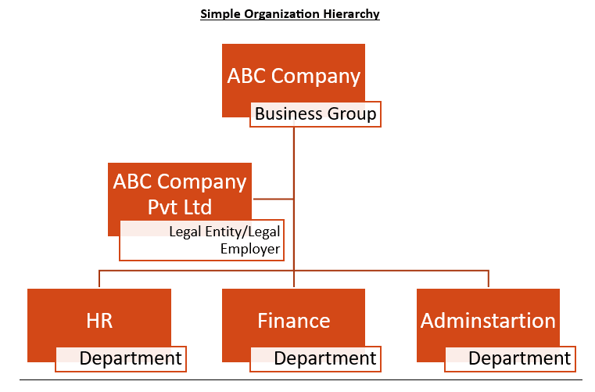

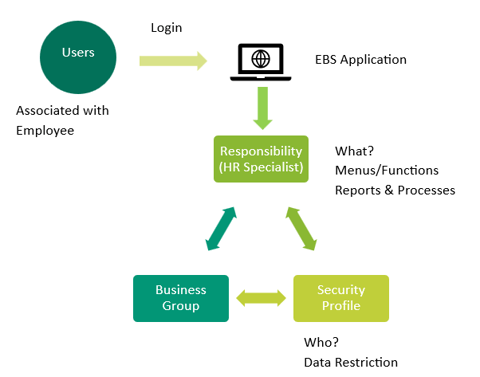

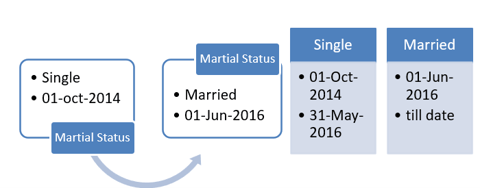


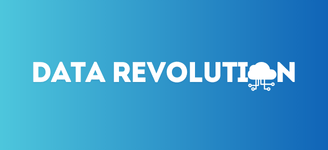
DISCLAIMER
This website is a personal/team endeavor to provide information to the Oracle community and others. The opinion expressed by any member in this Weblog is entirely by individual team members and does not reflect the position of my or a member’s employer, Oracle, or any other organization. This website is for informational purposes only. Examples are given based on test data.
Resources
Support
info@datavolution.cloud
+1234567890
© 2025 DataRevolution.cloud. All rights reserved.
